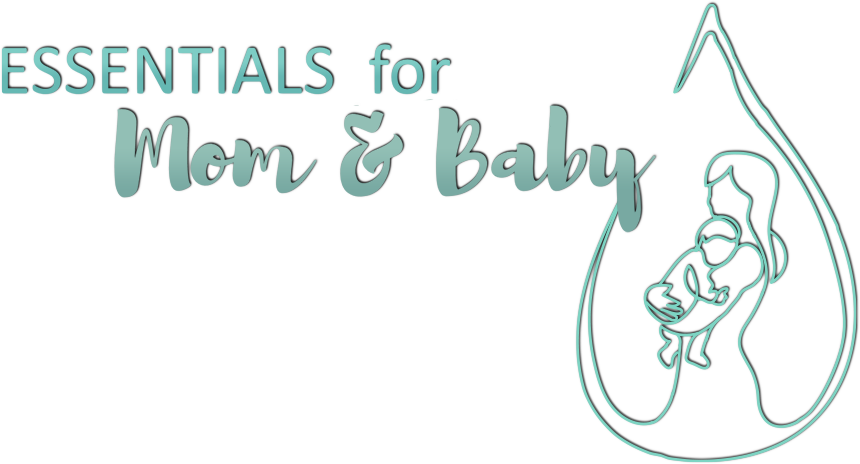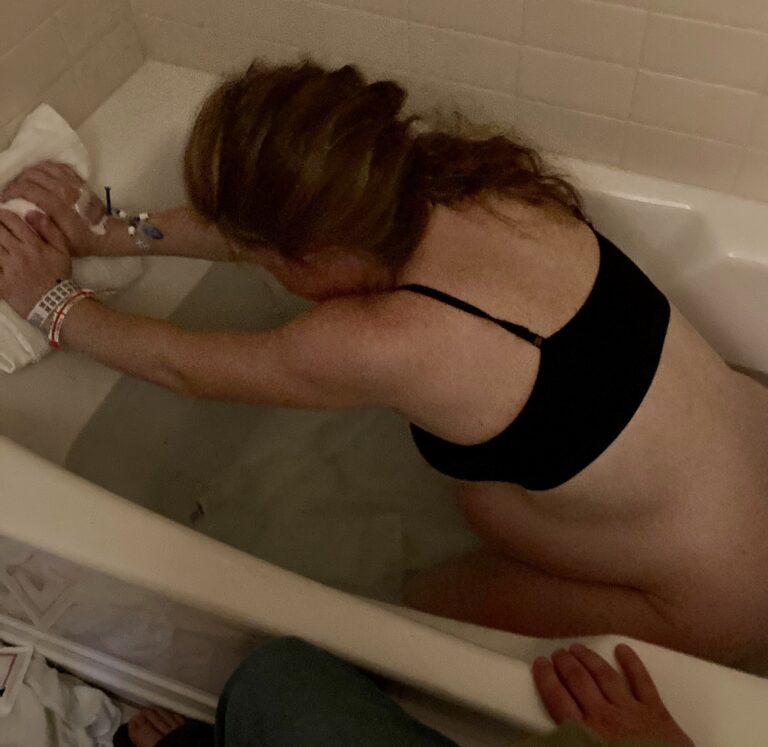
Water is one of the four basic elements crucial to life. It forms two-thirds of our body. It keeps body temperature normal, carries nutrients and oxygen to cells, lubricates and cushions the joints, protects our spinal cord, organs and tissues, and removes wastes. Water also plays a very important role to a new mother.
Janet Balaskas writes in her book Active Birth, “Water is our original element. In the first nine months in the womb the fetus develops in the aquatic environment of the amniotic fluid. Like a miniature sea, the waters of the womb provide the ideal medium for the growing baby, protecting him or her from shock or injury. Bathing in water continues to play an important role throughout the child’s and adult’s life as a way to relax and relieve tension.”
Balaskas also shares how water can be beneficial during any birth. “Standing or squatting in the shower with warm water running down your back, or even sponging and splashing yourself with water from the hand basin, can help you. Sometimes just the sound of a tap running can stimulate contractions and help a woman let go of inhibitions. Warm and cold compresses, spray bottles and hot-water bottles, ice, and natural sponges rinsed out in cold water are all tried and tested labor aids.”
Water and Miscarriage
In 2006 I had a miscarriage. I remember it like it was yesterday. In my journal I wrote, “Everything went as well as could be expected with the miscarriage. I was having contractions and a lot of pain. At one point I was in the shower and out came what I believe was the bag of waters and the placenta. Part of it looked just like a deflated balloon. Maybe I’m horrible but I was fascinated. Life is amazing. That our bodies are able to heal themselves and also create another life is nothing other than a miracle.” I had instinctively turned to water, a shower specifically, for pain relief, warmth, and comfort. It provided help for both the physical and emotional healing I needed.

A water birth is a birth in which the mother spends the final stages of labor in water. Many choose to stay in water during the complete birth process. Waterbirth.org states that “Placing a pool of water in a birth room changes the atmosphere immediately. Voices get softer, the mother stays calmer and everyone becomes less stressed. When a woman in labor relaxes in a warm deep bath, free from gravity’s pull on her body, with sensory stimulation reduced, her body is less likely to secrete stress-related hormones. This allows her body to produce the pain inhibitors-endorphins-that complement labor.”
The American Pregnancy Association lists many benefits to both mom and baby with a water birth. Benefits for the mother:
Warm water is soothing, comforting, and relaxing.
In the later stages of labor, the water has been shown to increase the woman’s energy.
The effect of buoyancy lessens a mother’s body weight, allowing free movement and new positioning.
Buoyancy promotes more efficient uterine contractions and improved blood circulation resulting in better oxygenation of the uterine muscles, less pain for the mother, and more oxygen for the baby.
Immersion in water often helps lower high blood pressure caused by anxiety.
The water seems to reduce stress-related hormones, allowing the mother’s body to produce endorphins which serve as pain-inhibitors.
Water causes the perineum to become more elastic and relaxed, reducing the incidence and severity of tearing and the need for an episiotomy and stitches.
As the laboring woman relaxes physically, she is able to relax mentally with greater ability to focus on the birth process.
Since the water provides a greater sense of privacy, it can reduce inhibitions, anxiety, and fears.
There’s benefits for the baby as well. Water births provide an environment similar to the amniotic sac. They also ease the stress of birth, thus increasing reassurance and sense of security for the baby.
Water birth can be especially beneficial for mothers with long and painful labors, those experiencing back pain and those who have difficulty progressing. “Jamie’s Story” on evidencebasedbirth.com was just such a birth. “I went into labor early on my due date with Emrys, my second baby, and arrived at the birth center around noon. My son was in a posterior position, and would be born that way… Being in the tub for labor helped me handle the back labor and move around to help him come down through my pelvis. By birthing in the water I was able to get into a deep squat to push (for around 45 minutes) that I wouldn’t have been able to sustain outside the tub. He was born three hours after we arrived, 8 pounds, 11 ounces.”
Water is an invaluable resource during birth for both the mother and baby. The benefits wash away fears, give mothers comfort and allow babies a slick transition from water inside the womb to water cradled in the comfort of their mothers arms.
How often have you heard people use a “shooshing” or water sound to help soothe a crying baby? That white noise is the water noise they are used to hearing in the womb. As we grow older, we are still calmed by the sounds of water. A rain storm, the ocean, the trickle of a stream, or the sound of the shower. Have you ever heard these sounds while getting a massage? Or have you instantly felt a sense of calm when you hear the ocean? Have you thought about using these sounds while in labor to help calm you? Take some time before you go into labor to find a sound that is soothing to you so you can have it as a tool during your labor. This will probably be soothing to you later as well.




